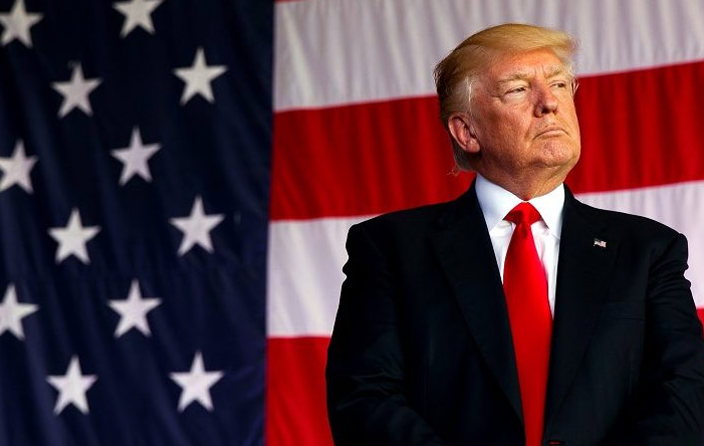The reciprocal U.S. tariffs anticipated by President Donald Trump brought them to a reality Thursday as he unveiled his plan on the matter.
“I have decided, on the principle of fairness, that I’m going to charge a reciprocal tariff,” Trump declared in the Oval Office. “It’s fair to everybody. No other country can complain.”
U.S. reciprocal tariffs
On February 1, Trump announced a universal 25% tariff on U.S. imports of goods. In particular he ordered a 10% tariff on imports of energy products from Canada. In doing so, he relied on the International Emergency Economic Powers Act. However, the tariffs were suspended for Mexico and Canada until March 4.
The Canadian government reacted immediately. First, it announced tariffs of 25% on U.S. imports valued at 30 billion Canadian dollars (approximately 22 billion dollars). Then, it presented plans to extend tariffs to U.S. products worth 125 billion Canadian dollars (approximately 92 billion dollars).
For his part, Mexico’s Secretary of Economy, Marcelo Ebrard, informed that he will meet next week with his US counterparts: Secretary of Commerce, Howard Lutnick, and the head of the United States Trade Representative (USTR), Jamieson Greer.
Then, on February 10 and 11, Trump issued proclamations eliminating all exemptions from steel and aluminum tariffs under Section 232 of the Trade Expansion Act of 1962, including for Mexico and Canada.
As a result, Mexico and Canada could face 25% tariffs on their steel and aluminum imports into the United States beginning March 12, 2025, possibly in addition to the 25% tariff Trump programs to impose.
Trade Agreements
In his confirmation hearing before the Senate Finance Committee, Jamieson Greer highlighted the Trump administration’s trade priorities. According to the nominee for U.S. Trade Representative, the administration will focus its efforts on “reciprocal” agreements with countries that maintain trade surpluses. In addition, it will analyze unfair trade practices and the causes of imbalances affecting the U.S. market.

